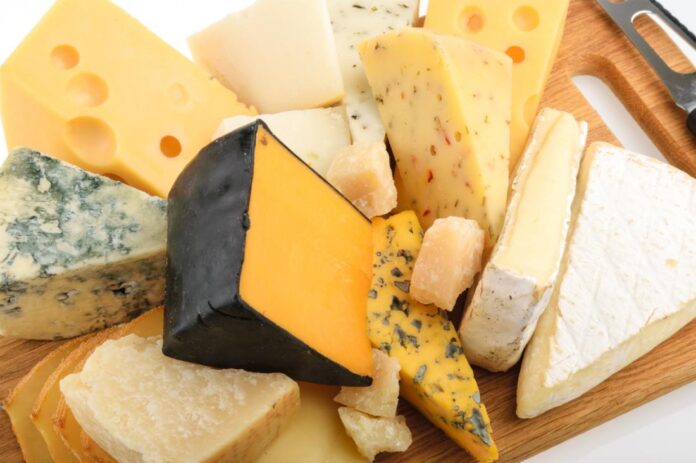Eating raw cheese—cheese made from unpasteurized milk—offers several unique benefits, both for health and flavor. However, it also comes with some considerations. Let’s explore the advantages and potential downsides in detail:
Nutritional and Health Benefits of Raw Cheese
- Rich in Probiotics
- Raw cheese contains live beneficial bacteria and enzymes that aid gut health by improving digestion and boosting the immune system.
- These probiotics can help maintain a balanced gut microbiome, potentially reducing issues like bloating, constipation, and indigestion.
- Higher Nutrient Content
- Unpasteurized cheese retains more vitamins A, D, K2, and B-complex vitamins than pasteurized ones, as heat processing inactivates some nutrients.
- Raw cheese is a great source of calcium, zinc, magnesium, and phosphorus, promoting bone health.
- Better Protein Quality
- Raw cheese provides bioavailable proteins, meaning the body can absorb and use them efficiently. These proteins are essential for muscle repair, immune function, and hormone production.
- Rich in Healthy Fats
- It contains omega-3 fatty acids and conjugated linoleic acid (CLA), which are associated with anti-inflammatory benefits, improved heart health, and weight management.
- Enzymes for Easier Digestion
- Raw cheese contains natural lactase-producing bacteria, which may help some lactose-intolerant individuals digest it more easily than pasteurized cheese.
- Stronger Flavor Profile
- Because the cheese is made from unpasteurized milk, it tends to have a more complex, richer flavor with distinct terroir (the taste and characteristics specific to the region where the milk was produced).
Potential Risks and Considerations
- Risk of Pathogens
- Since the milk isn’t pasteurized, there is a small risk of contamination with harmful bacteria like Listeria, Salmonella, or E. coli.
- Pregnant women, young children, older adults, and immunocompromised individuals are advised to avoid raw cheese for safety reasons.
- Storage and Freshness
- Raw cheese requires proper storage at cool temperatures to prevent bacterial growth. It also tends to have a shorter shelf life than pasteurized cheeses.
- Legal Restrictions and Availability
- In some countries, raw cheeses are regulated, and only aged raw cheeses (typically over 60 days) are legally sold to reduce the risk of harmful bacteria.
Types of Raw Cheese
- Common examples include raw milk Brie, Camembert, Gruyère, Cheddar, Gouda, and Roquefort. Artisan cheesemakers often produce raw cheeses with unique flavors based on their region.
Conclusion
Eating raw cheese offers a range of health benefits, especially for gut health, immune function, and nutrient absorption. However, it’s essential to ensure the cheese is sourced from reliable, hygienic producers to minimize risks. If stored correctly and consumed mindfully, raw cheese can be a delicious and healthy addition to your diet.



